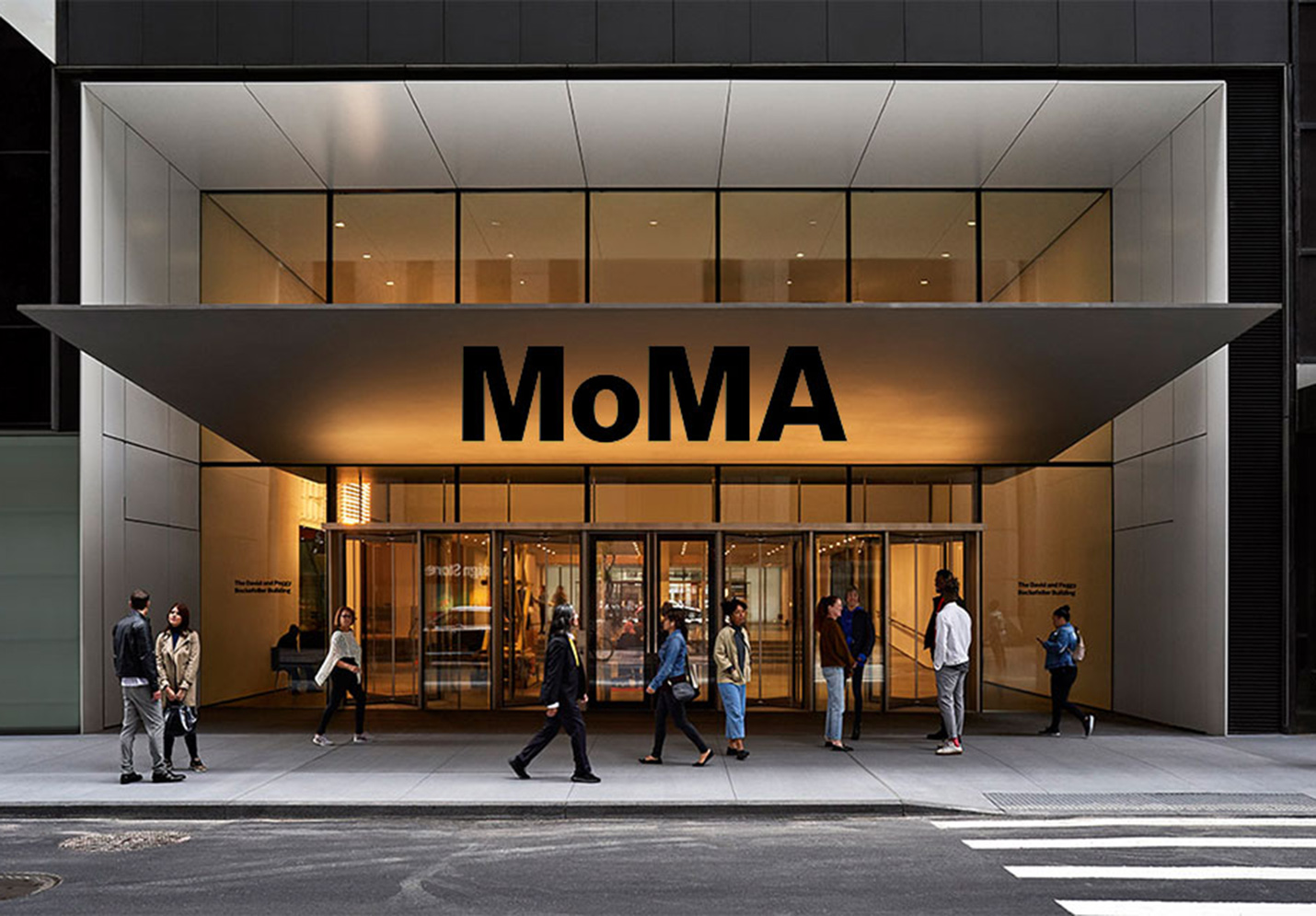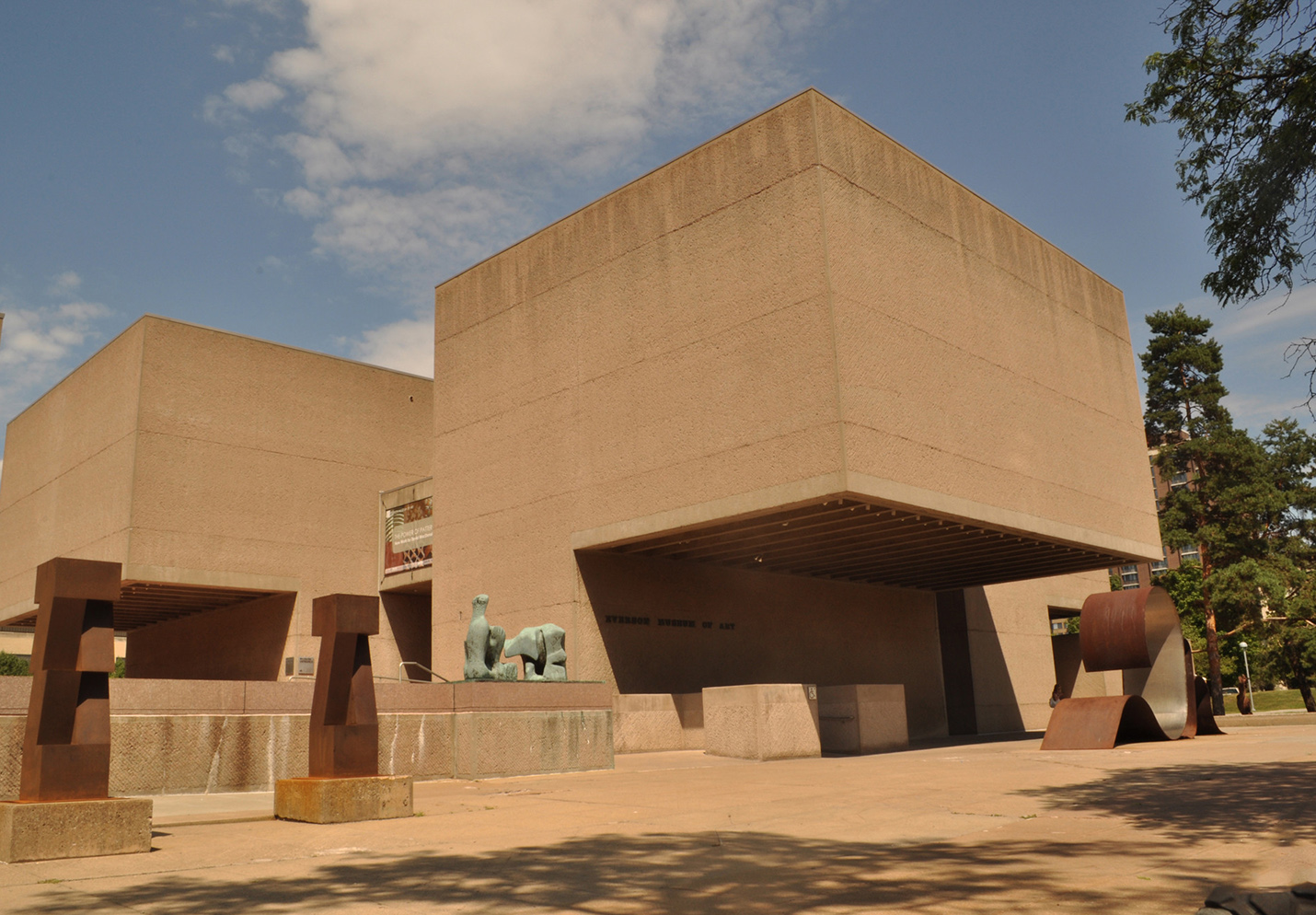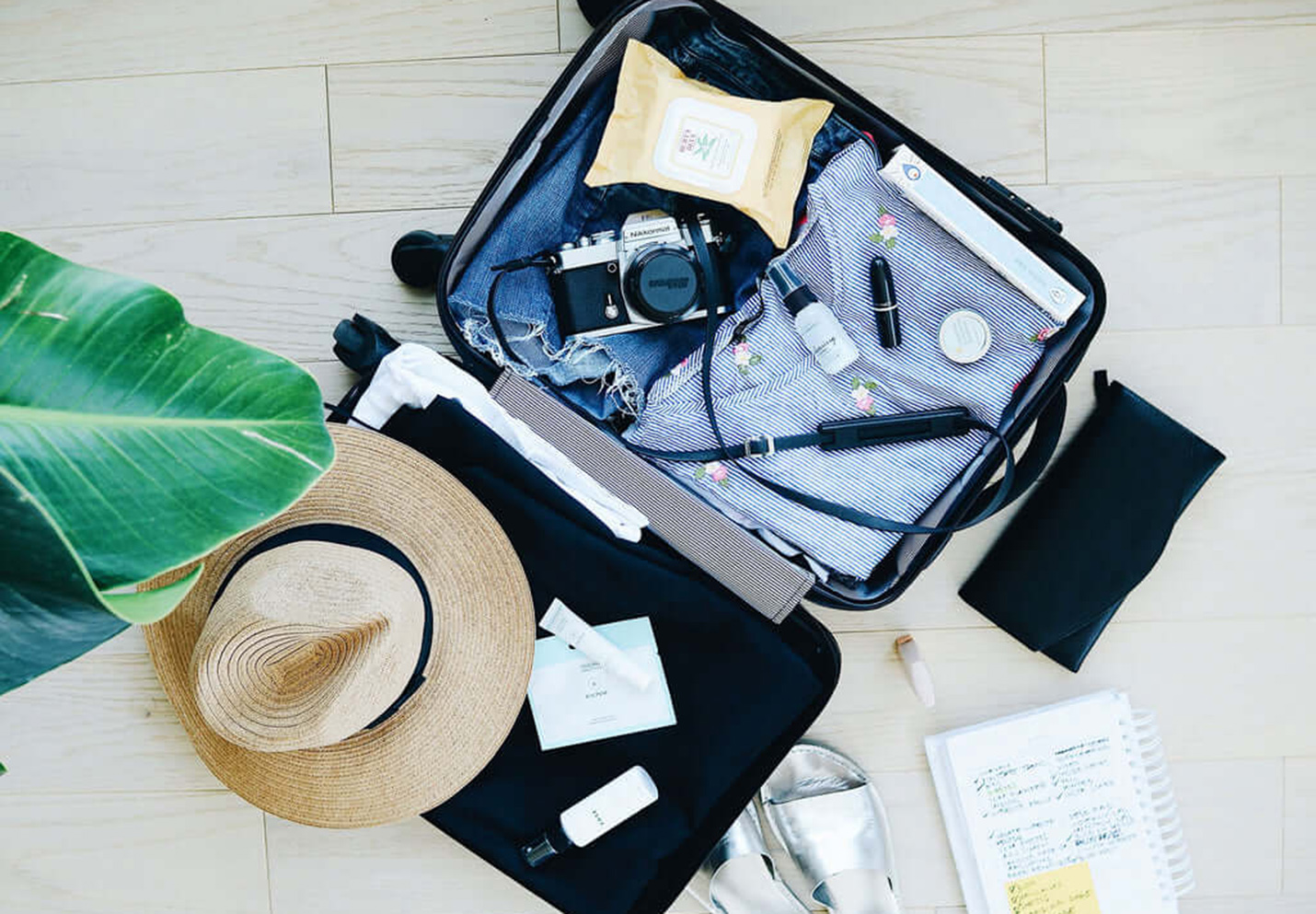Few places have captivated me quite like New York City’s rich art scene. Among them, the Museum of Modern Art (MoMA) shines as a dazzling jewel, a true temple of creativity where you can feel the pulse of modern and contemporary art vibrate through the halls. But New York’s artistic treasures don’t stop there. To make the most of your visit, I also delved into three other fantastic museums, each offering unique masterpieces and experiences. I’ll share my personal highlights, tips on navigating crowds, and all the practical details you need.
Part 1: Museum of Modern Art (MoMA) — A Thrilling Dive into Modern Masterpieces
Location & How to Get There
Situated at 11 West 53rd Street between Fifth and Sixth Avenue, MoMA is in the heart of Midtown Manhattan. It’s easily reachable by subway—take the E or M trains to 5th Avenue/53rd Street or the B, D, F, M trains to 47-50th Street Rockefeller Center. The museum is open Sunday through Thursday from 10:30 AM to 5:30 PM, and Fridays until 8 PM, giving night owls a perfect late window.
Ticketing & Booking
Tickets currently cost $25 for adults, with discounts for seniors ($18) and students ($14). Children 16 and under enter free. Online booking is highly recommended via the official MoMA website or authorized platforms like Tiqets or GetYourGuide to skip lines and secure your preferred entry time.
My Top 3 Personal Favorites at MoMA
1. Vincent van Gogh’s The Starry Night (1889)
Standing in front of this swirling celestial masterpiece, I felt like I was gazing into Van Gogh’s very soul. The thick, textured brushstrokes and the electric blues contrast with the calm village below, creating an emotional tension that’s both haunting and uplifting. It’s a must-see that epitomizes the power of expressionism.
2. Pablo Picasso’s Les Demoiselles d’Avignon (1907)
This groundbreaking work felt like stepping into the birth of Cubism itself. The fractured, angular forms challenge your perception of space and figure, and being able to see it in person was almost surreal. The painting screams revolution and risk-taking — something I always find thrilling.
3. Andy Warhol’s Campbell’s Soup Cans (1962)
Walking among the 32 canvases, I marveled at Warhol’s genius in turning everyday commercial imagery into high art. It’s both playful and provocative, making you rethink the lines between consumer culture and fine art. It’s pop art in its purest, most iconic form.
3 Must-See Recommendations I Didn’t Know About Before
- Marcel Duchamp’s Fountain (1917, Replica) — This infamous urinal challenges conventions and invites deep reflection on what art truly is.
- Claude Monet’s Water Lilies (1914-26) — A tranquil escape into impressionism, the massive canvases engulf you in nature’s serenity.
- Yayoi Kusama’s Infinity Mirror Room (various versions) — This mesmerizing installation immerses you in endless reflections and light, a sensory experience not to be missed.
My Experience & Tips at MoMA
MoMA is a whirlwind. The crowds can be intense, especially around popular pieces, so I recommend arriving early or late in the day. The museum layout is well-signed, but planning your route using the map (available at entry or online) helps. The audio guide ($7) is worth it, offering rich backstories that bring the art to life. There are also guided tours daily—check the website for schedules.
The museum café offers a decent break with views of the sculpture garden, but if you want a real meal, nearby spots like The Modern (Michelin-starred) or casual eateries along 53rd Street are better bets.
Part 2: The Metropolitan Museum of Art (The Met) — History and Masterpieces Across Millennia
Location & Getting There
The Met’s main building stands majestically on 1000 5th Avenue at 82nd Street, right by Central Park. You can reach it by taking the 4, 5, or 6 trains to 86th Street and walking west. The museum is open Sunday through Thursday from 10 AM to 5:30 PM, and Friday-Saturday until 9 PM.
Ticket Info & Booking
Suggested admission is $30 for adults, $22 for seniors, and $17 for students. NY, NJ, and CT residents can pay what they wish. Tickets can be purchased online or at the door, but advance purchase is advisable, especially for special exhibitions.
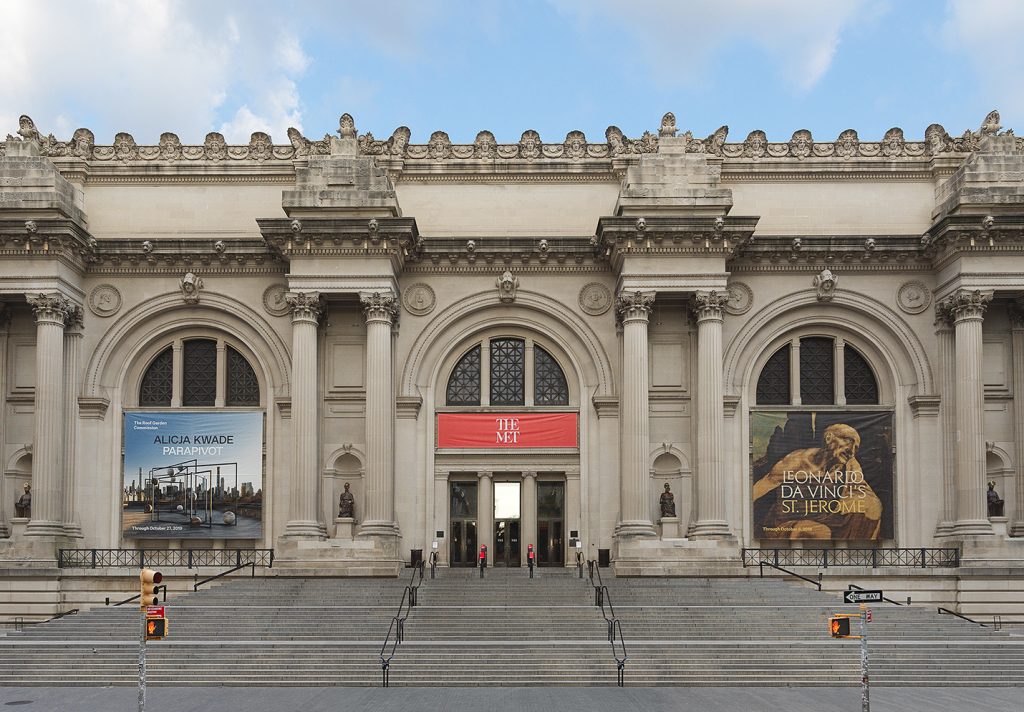
My Top 3 Personal Favorites
1. Emanuel Leutze’s Washington Crossing the Delaware (1851)
This colossal painting practically roars with patriotic fervor and drama. Standing before it, I felt like I was witnessing history itself—every stroke charged with the tension and hope of the moment.
2. Ancient Egyptian Temple of Dendur
Walking through this ancient temple transported me straight to the Nile’s banks. The temple’s elegant sandstone carvings, set against the backdrop of floor-to-ceiling windows with Central Park beyond, make for a breathtaking, almost surreal experience.
3. Johannes Vermeer’s Young Woman with a Water Pitcher (1660-1662)
The quiet intimacy of this scene captivated me—the soft light, the detail in the ceramics, the stillness. It’s a masterclass in capturing everyday beauty.
Recommended Highlights
- Vincent van Gogh’s Self-Portrait with a Straw Hat — A vivid glimpse into the artist’s psyche.
- The Armor Hall — Rows of gleaming medieval armor that felt straight out of a fantasy novel.
- Claude Monet’s Haystacks series — Exploring impressionism’s fascination with light and atmosphere.
Experience & Tips
The Met’s size can be overwhelming; I recommend choosing a few sections to focus on unless you have a full day. The audio guide or a private tour makes a huge difference here. The rooftop garden café offers stunning views of the city skyline—perfect for a mid-visit recharge.
Part 3: Whitney Museum of American Art — Modern and Contemporary Gems
Location & Access
The Whitney is in the Meatpacking District at 99 Gansevoort Street, easily accessible via the A, C, E trains to 14th Street or the L train to 8th Avenue. The museum’s open Wednesday through Sunday, 10:30 AM to 6 PM, with extended hours on Fridays.
Tickets & Booking
General admission is $25, with discounts for seniors and students. Tickets are best purchased online through Whitney’s official site or reputable vendors to avoid waiting.
My Top 3 Personal Favorites
1. Edward Hopper’s Early Sunday Morning (1930)
This painting felt like a quiet breath in a bustling city—a slice of urban solitude rendered with stunning simplicity.
2. Georgia O’Keeffe’s White Iris (1936)
The close-up floral forms felt almost abstract, capturing nature’s essence in a way that’s sensual and striking.
3. Jeff Koons’ Balloon Dog (Orange) (1994-2000)
Playful and monumental, this shiny sculpture had me grinning like a kid—it’s pop art that truly pops.
Recommendations
- Alexander Calder’s mobiles — Delicate balance and motion that mesmerize.
- Barbara Kruger’s bold text-based works — Thought-provoking social commentary.
- Louise Bourgeois’ sculptures — Powerful emotional narratives through form.
Personal Impressions & Tips
The Whitney’s smaller size makes it easy to digest, but it’s packed with impactful pieces. The museum café offers light fare with outdoor seating, ideal in warm weather. Visit the outdoor terraces for stunning views of the Hudson River and skyline.
Part 4: Guggenheim Museum — Architecture Meets Art
Location & Directions
Located at 1071 5th Avenue at 89th Street, the Guggenheim is a striking spiral building designed by Frank Lloyd Wright. Take the 4, 5, or 6 subway to 86th Street, then walk west.
Tickets & Booking
Admission is $25, with discounts for seniors and students. The museum offers pay-what-you-wish on Saturdays from 5 to 8 PM. Booking online helps avoid queues, especially on weekends.
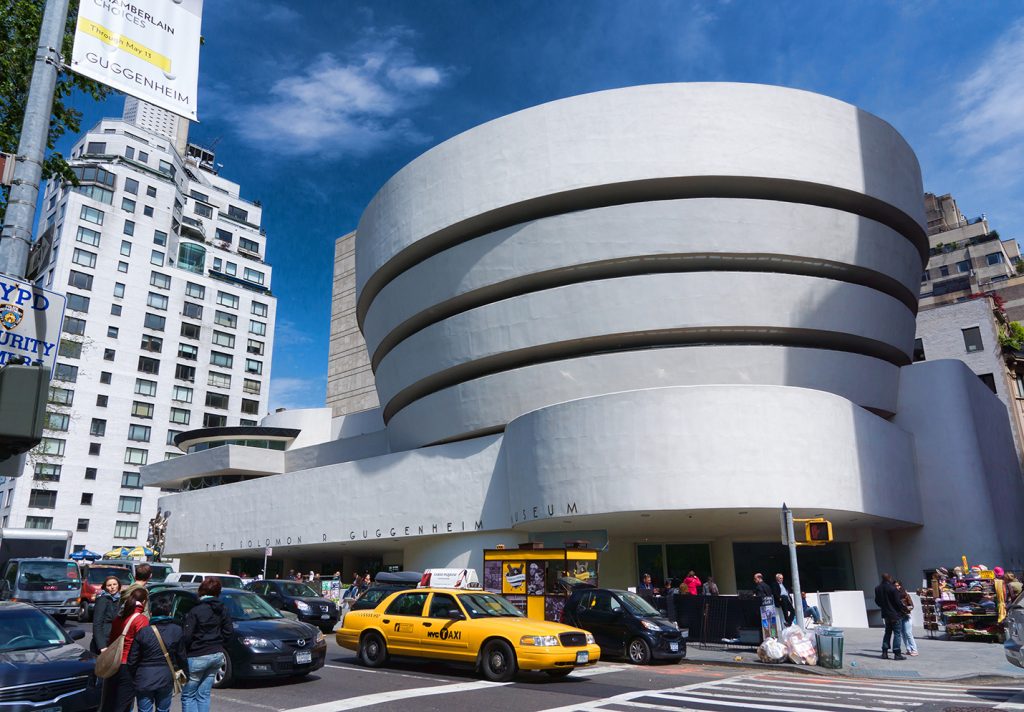
My Top 3 Personal Favorites
1. Wassily Kandinsky’s Composition 8 (1923)
Bright geometric forms explode in color, giving a joyful, rhythmic energy that feels like visual music.
2. Piet Mondrian’s Composition with Red, Blue, and Yellow (1930)
The simplicity and precision of lines and blocks are hypnotic; it’s modern minimalism at its finest.
3. Joan Miró’s The Tilled Field (1923-24)
A surreal blend of fantasy and earthiness that invites you to explore its whimsical details endlessly.
Recommended Pieces
- Frank Lloyd Wright’s building itself — Take time to admire the spiraling ramp and natural light flooding the interior.
- Chagall’s vibrant works — Dreamlike and colorful, perfect for lifting spirits.
- Robert Rauschenberg’s combines — Mixed-media marvels that challenge norms.
The Guggenheim’s unique architecture is part of the visit’s charm but can be dizzying
for some. I recommend taking your time and sitting on benches along the ramp to absorb each work slowly. The museum café is small but offers decent coffee and snacks.
New York City’s museums are not just repositories of art; they are dynamic spaces that pulse with history, innovation, and human creativity. Whether you’re standing entranced before Van Gogh’s Starry Night at MoMA, wandering the ancient halls of the Met, soaking up modern American masterpieces at the Whitney, or spiraling through the Guggenheim’s iconic ramp, you’re participating in an extraordinary cultural dialogue.
Booking tickets online and planning your visit outside peak hours helped me savor each moment without feeling rushed or overwhelmed. Use apps like TodayTix or the museums’ own platforms for deals and timed-entry tickets. And don’t forget to grab a museum membership if you’re staying in NYC for a while—it’s often cost-effective and comes with perks like guest passes and event invitations.
Art is an adventure, and in New York City, it’s an adventure like no other. Dive in, explore deeply, and let these masterpieces inspire and move you.
